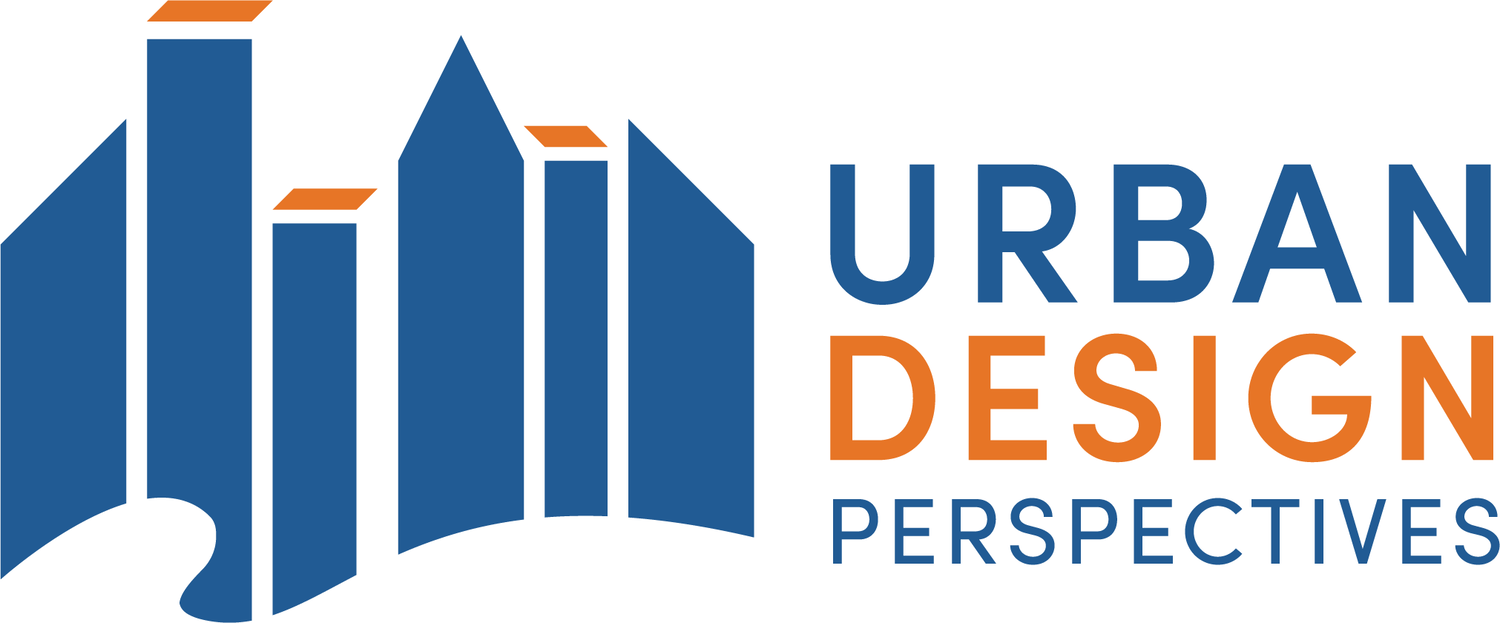Taking Action — Reflecting on our Plan for a Sustainable Future
How will you choose to take action? As an architecture, project management and community engagement firm, Urban Design Perspectives has chosen to leverage our passions to design meaningful spaces that contribute to the betterment of the environment. We design wellness into the spaces we create for our clients. Since 2018 our firm has signed on as a participant in the AIA 2030 Commitment; a commitment based on fulfilling designs with an overall reduction in energy usage of 100% by the year 2030. It is our mission to be advocates for the environment while simultaneously upholding the missions of our clients.
What Does This Mean For Us?
For UDP, taking action means addressing sustainability holistically in both project and process. From our workforce to our consultants and customers, we highlight the importance of ethical alignment within our project teams as well as with our clients. UDP takes action not only at the project level, but also within the practices of the firm, encouraging staff to become LEED and/or WELL accredited, and attend conferences and seminars with focuses on sustainable design. We also research new products, strategies, building systems and technologies that have potential to be better solutions for sustainable design practices. Because we create projects collaboratively, we encourage associates to get involved in local and national sustainability efforts while embedding in their own local communities.
Measuring Our Impact
As a signatory firm of the AIA 2030 Commitment one way Urban Design Perspectives measures our impact is via data analysis provided on the 2030 Design Data Exchange. Tracking our projects from pre-design to construction allows us to compare our baseline energy usage to our projected and ultimately our final usage outcomes. We utilize the Design Data Exchange (DDX) tool provided by AIA 2030 to measure our progress toward energy reduction by submitting our projects annually. The act of tracking projects through all phases truly gives us a better understanding of where we are at in terms of energy reduction, and where we can make improvements.
While data collection is very useful in assessing quantifiable outcomes, measuring impact can also mean establishing a datum of less tangible qualities and standards of practice that firms can continue to reference. We believe our role as designers is to educate our clients by sharing sustainable design practices. For example, we provide our clients with a questionnaire, engaging them to think about what sustainability means to them while also encouraging them to make more sustainable choices in building materials, systems, equipment and appliances. Our desire to create change is embedded within the DNA of our practice and continues to be our baseline for the types of projects we desire. By establishing a measurable foundation for our practice we know that we are making an impact.
Whether written within your business’ DNA or applied quantifiably, we at UDP invite you to think about how you are actively contributing to the betterment of the environment? Taking action does not only happen at the larger corporate level. The sum of individual micro efforts has the ability to create impactful change. I personally choose to take action by maintaining beneficial recycling habits, residing in an eco-‐friendly apartment building, educating myself on new sustainable practices while also attending seminars that discuss new research and methods, and lastly, by choosing to work for a company that aligns with my ecological morals.
Whether at the personal or professional level, addressing sustainability is a necessary undertaking for us all. How will you choose to take action?
Pressing Toward Sustainability,
Jessica Holmes, Associate AIA

